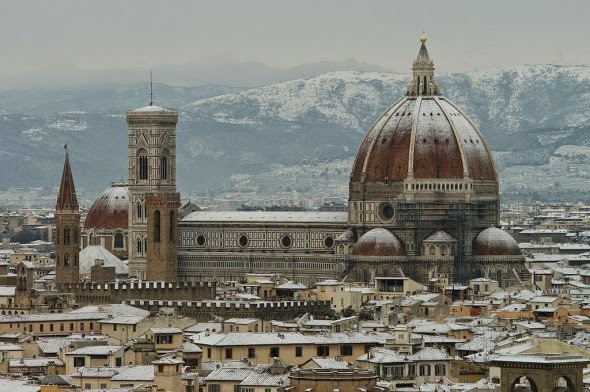Today in class of social sciences we had to have finished the proyects. The teacher have started to ask to the groups some questions about the renaissance art. First she have asked to the group of Inés, Amalia and Fernando who is Michelangelo and more others questions. Then she have asked to Débora and I the main features of the renaissance art, the characteristics of the architecture, sculpture and painting, the main center of Quattrocento and Cinquecento and theirs more important patrons. Later she have ask to the other groups.
The rest of the class there was very interesting because we were looking a lot of images in the whiteboard about architectural elements elements like the the Basilica of Saint Peter in Rome and the Church of San Lorenzo in Florence. We can also have seen a lot of paintings like The School of Athens, Primavera, Birth of Venus and more others, but in this class we have talked a lot about The Mona Lisa or Gioconda. The teacher have explained us that Leonarado Da Vinci, the man who paint this painting, had a pupil or partner who also painted a Mona Lisa but a little bit different, this one were more clear and have more different details.
Source: http://losgrandesrobosdearte.wordpress.com/2011/11/01/quien-se-atrevio-a-robar-la-gioconda/
Source: http://es.wikipedia.org/wiki/La_Gioconda
And during the class we also have copied some words in the glossary, are these:
Contest: concurso.
Vanishing point: punto de fuga.
Paraglider: parapente.
X-rays: rayos X.
Androgynous: androgino.
Rider: jinete.
Rampant: rampante.
Bye!







